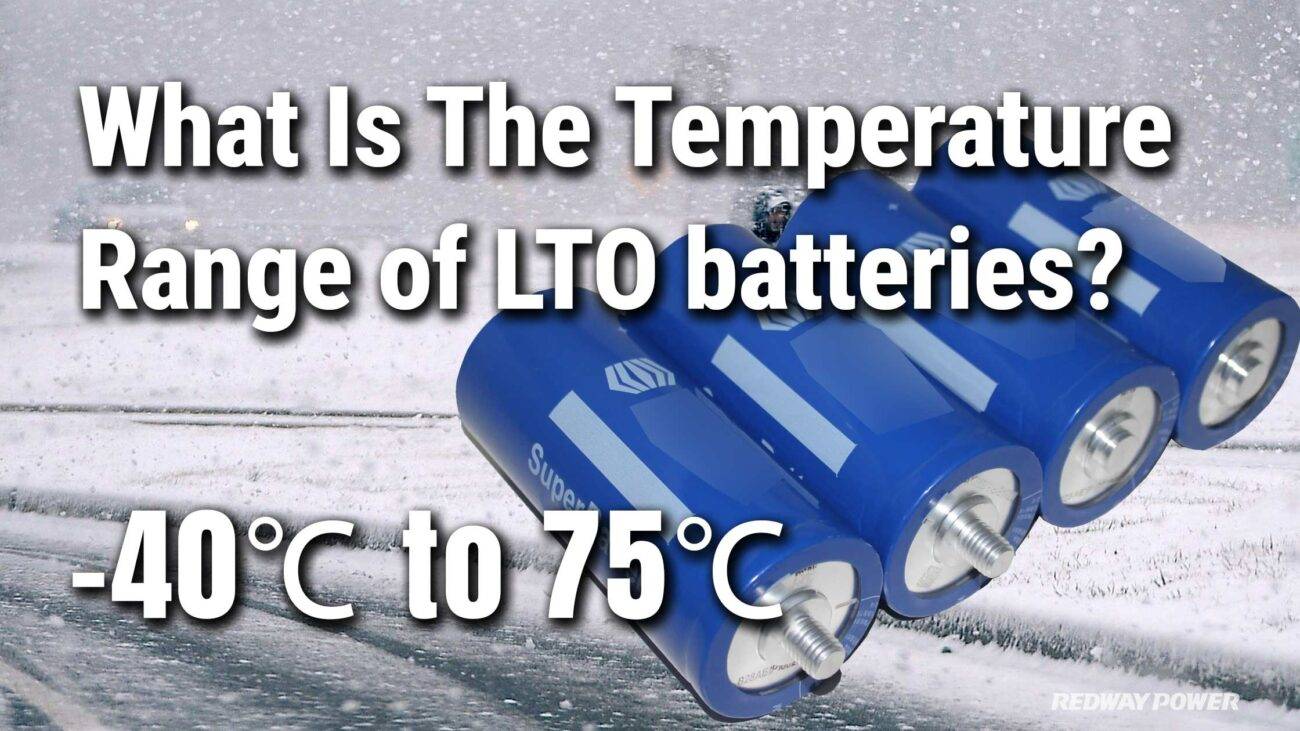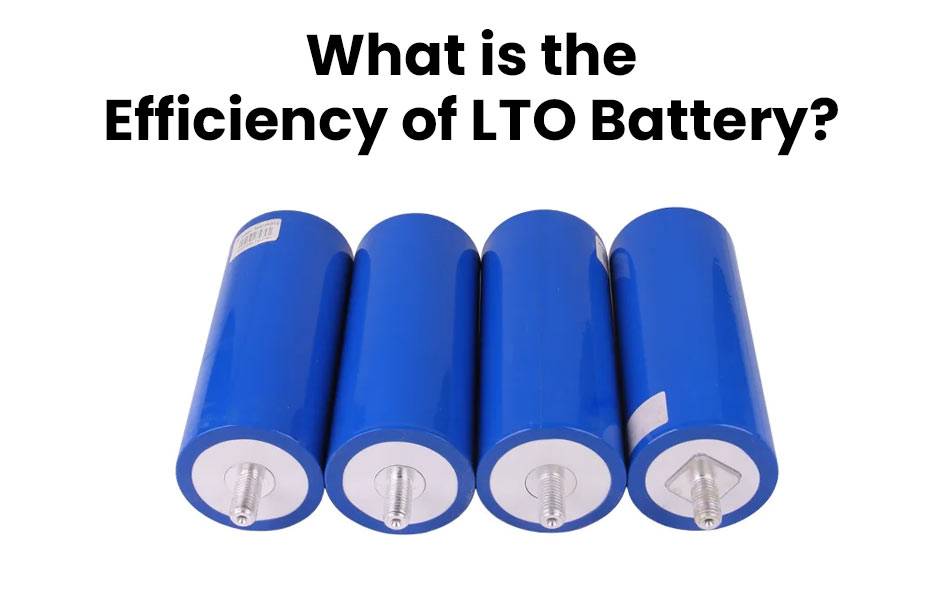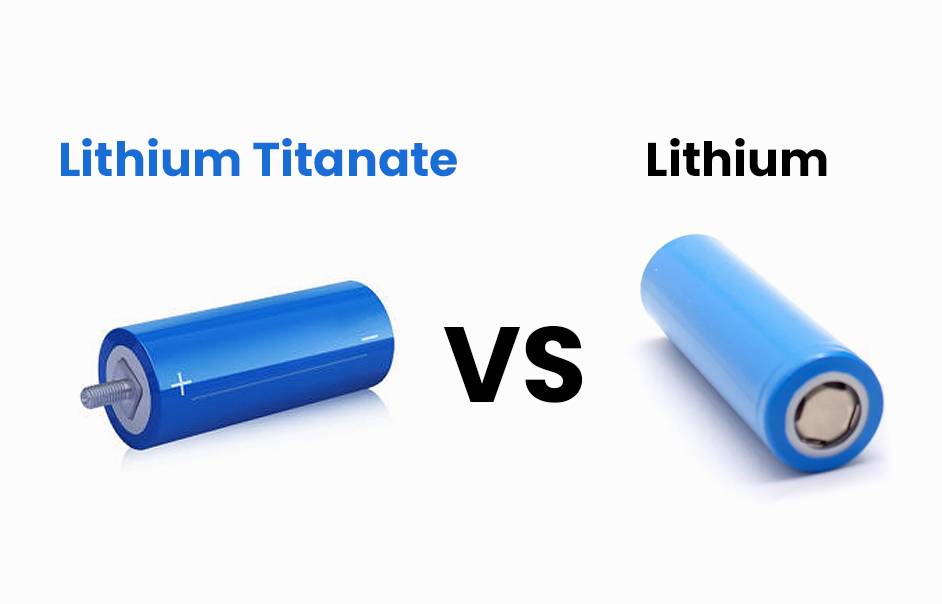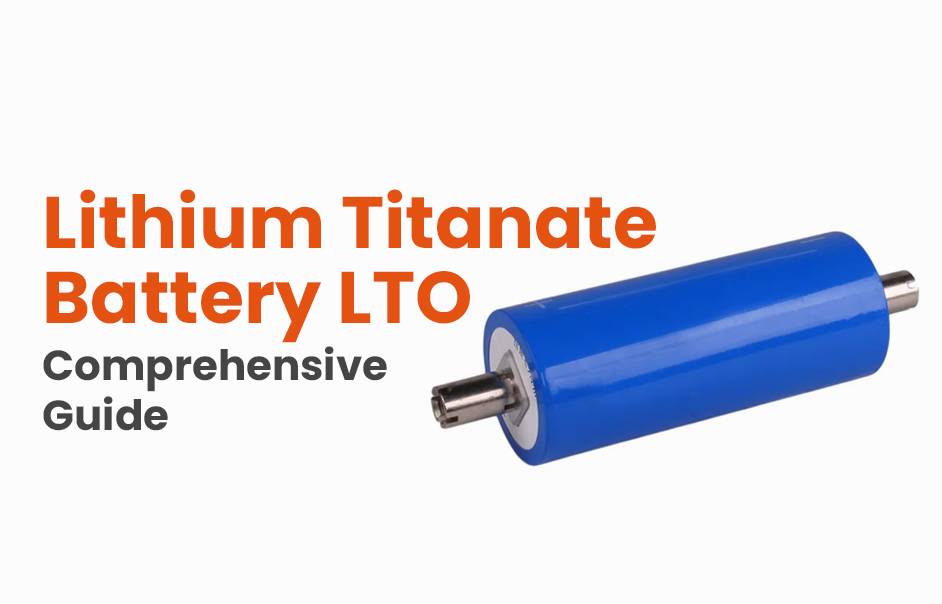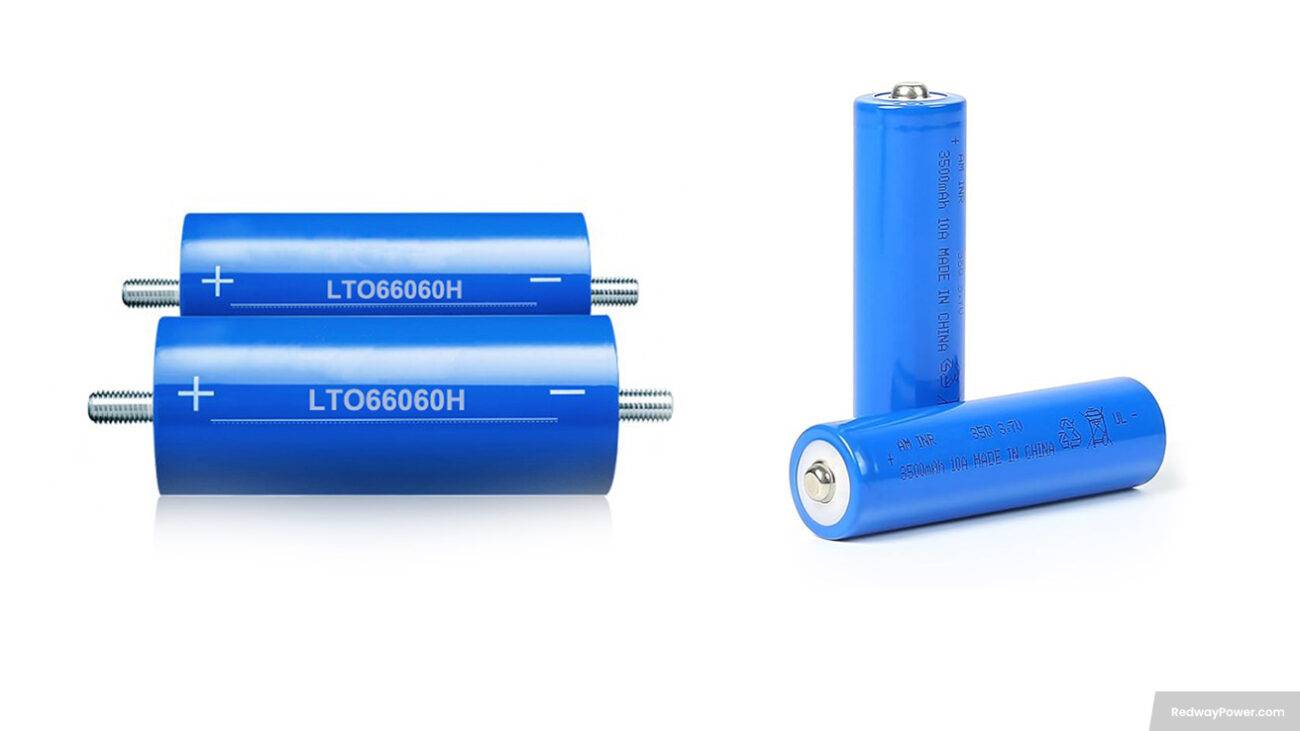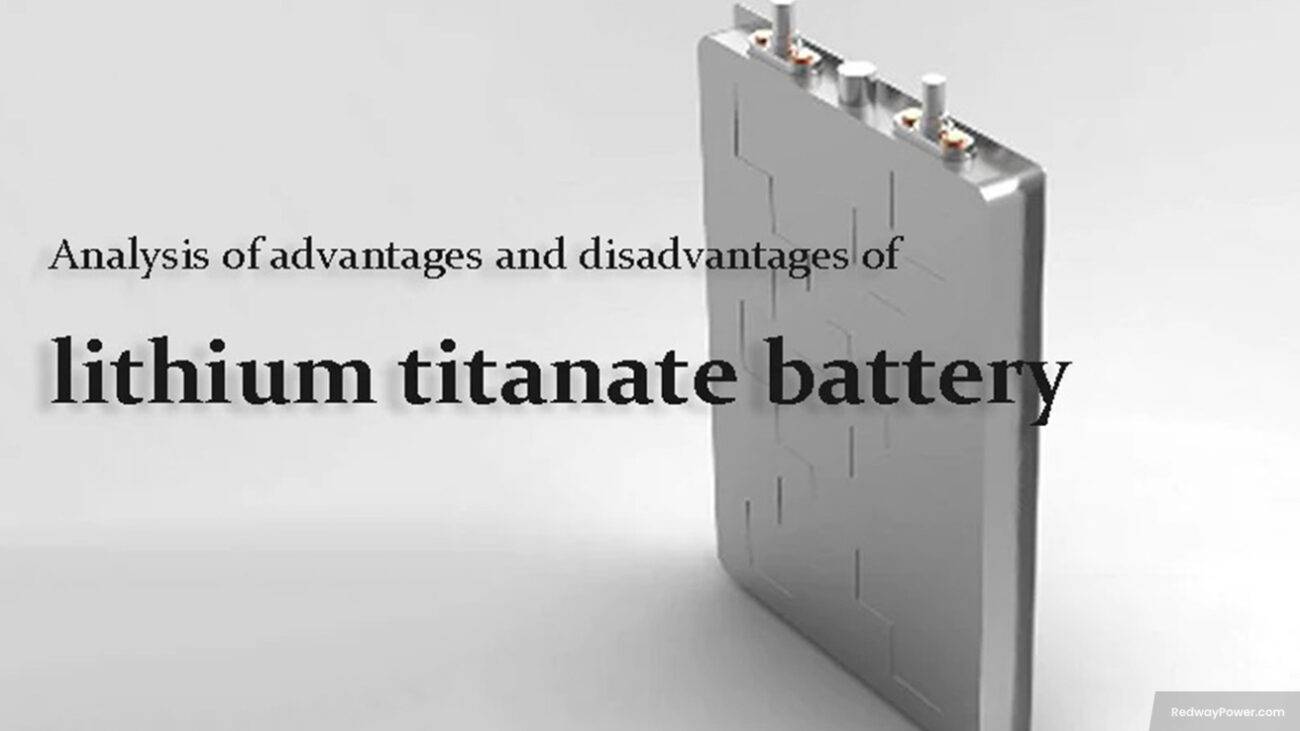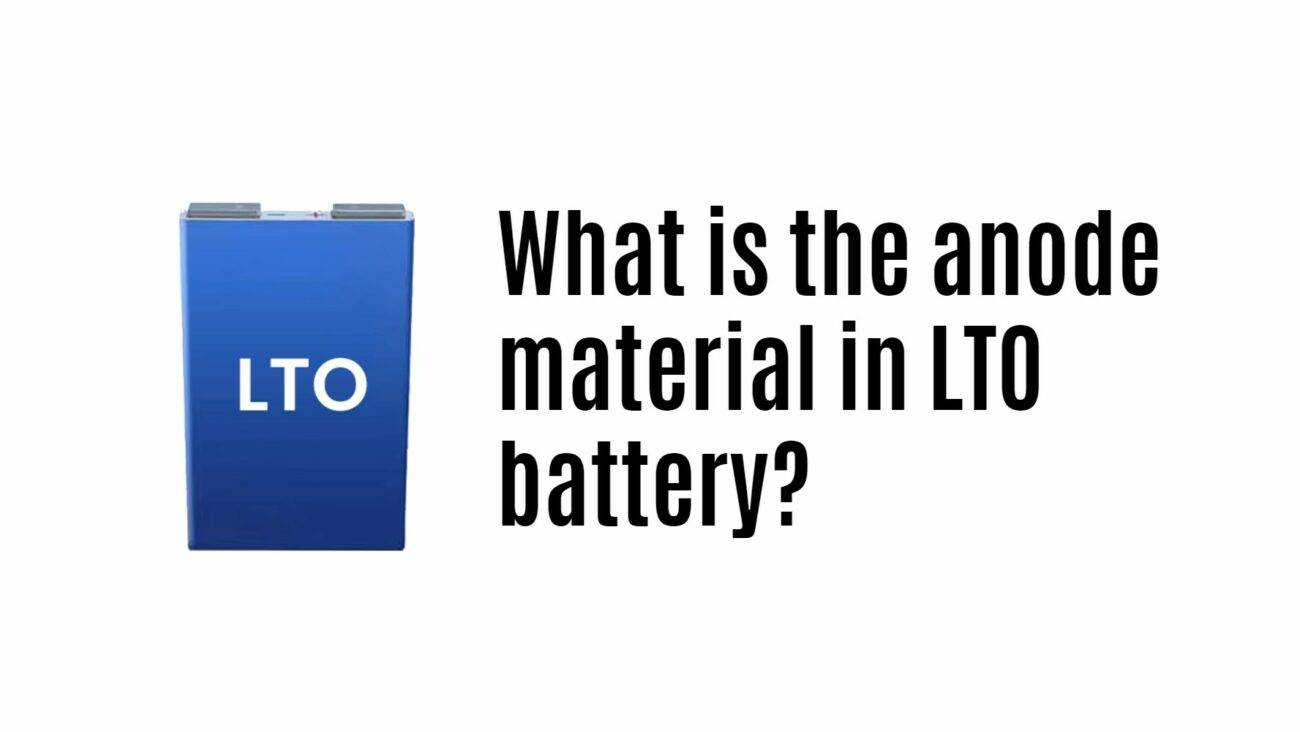- Rack-mounted Lithium Battery
- Golf Cart Lithium Battery
-
Golf Cart Lithium Battery
- 36V 50Ah (for Golf Carts)
- 36V 80Ah (for Golf Carts)
- 36V 100Ah (for Golf Carts)
- 48V 50Ah (for Golf Carts)
- 48V 100Ah (Discharge 100A for Golf Carts)
- 48V 100Ah (Discharge 150A for Golf Carts)
- 48V 100Ah (Discharge 200A for Golf Carts)
- 48V 120Ah (for Golf Carts)
- 48V 150Ah (for Golf Carts)
- 48V 160Ah (Discharge 100A for Golf Carts)
- 48V 160Ah (Discharge 160A for Golf Carts)
-
Golf Cart Lithium Battery
- Forklift Lithium Battery
- 12V Lithium Battery
- 24V Lithium Battery
- 36V Lithium Battery
- 48V Lithium Battery
-
48V LiFePO4 Battery
- 48V 50Ah
- 48V 50Ah (for Golf Carts)
- 48V 60Ah (8D)
- 48V 100Ah (8D)
- 48V 100Ah
- 48V 100Ah (Discharge 100A for Golf Carts)
- 48V 100Ah (Discharge 150A for Golf Carts)
- 48V 100Ah (Discharge 200A for Golf Carts)
- 48V 150Ah (for Golf Carts)
- 48V 160Ah (Discharge 100A for Golf Carts)
- 48V 160Ah (Discharge 160A for Golf Carts)
-
48V LiFePO4 Battery
- 60V Lithium Battery
-
60V LiFePO4 Battery
- 60V 20Ah
- 60V 30Ah
- 60V 50Ah
- 60V 50Ah (Small Size / Side Terminal)
- 60V 100Ah (for Electric Motocycle, Electric Scooter, LSV, AGV)
- 60V 100Ah (for Forklift, AGV, Electric Scooter, Sweeper)
- 60V 150Ah (E-Motocycle / E-Scooter / E-Tricycle / Tour LSV)
- 60V 200Ah (for Forklift, AGV, Electric Scooter, Sweeper)
-
60V LiFePO4 Battery
- 72V~96V Lithium Battery
- E-Bike Battery
- All-in-One Home-ESS
- Wall-mount Battery ESS
-
Home-ESS Lithium Battery PowerWall
- 24V 100Ah 2.4kWh PW24100-S PowerWall
- 48V 50Ah 2.4kWh PW4850-S PowerWall
- 48V 50Ah 2.56kWh PW5150-S PowerWall
- 48V 100Ah 5.12kWh PW51100-F PowerWall (IP65)
- 48V 100Ah 5.12kWh PW51100-S PowerWall
- 48V 100Ah 5.12kWh PW51100-H PowerWall
- 48V 200Ah 10kWh PW51200-H PowerWall
- 48V 300Ah 15kWh PW51300-H PowerWall
PowerWall 51.2V 100Ah LiFePO4 Lithium Battery
Highly popular in Asia and Eastern Europe.
CE Certification | Home-ESS -
Home-ESS Lithium Battery PowerWall
- Portable Power Stations
What is the content of LTO battery?
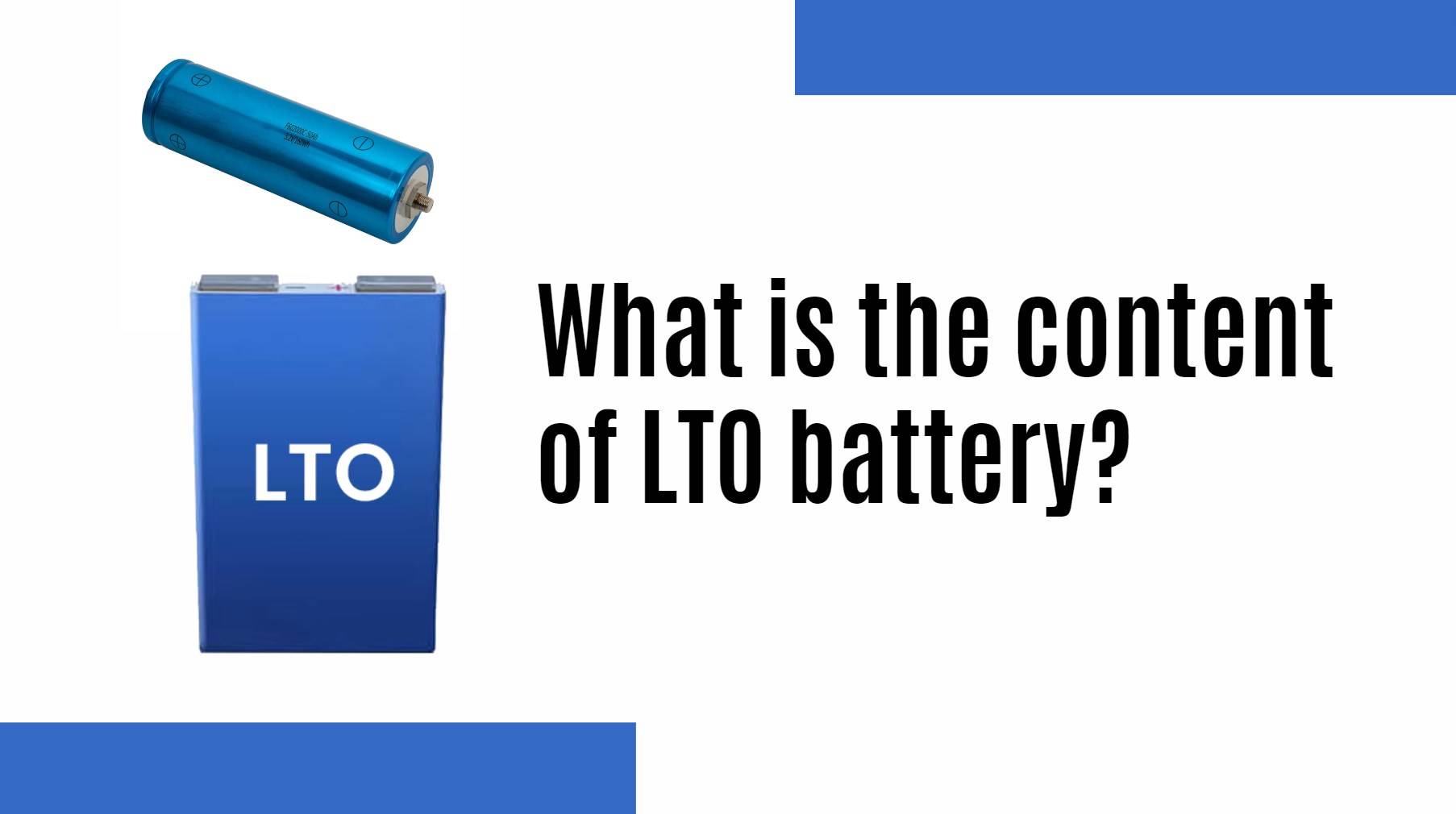
Welcome to the world of LTO batteries! These powerful batteries are transforming electric vehicles and energy storage systems. In this post, we’ll explore their advantages, applications, performance factors, maintenance tips, and future developments. Get ready for an exciting journey into the world of LTO batteries!
Composition of LTO batteries
LTO batteries, or Lithium Titanate Oxide batteries, are gaining popularity due to their unique composition and performance advantages. Let’s explore their key components and features that make them stand out.
- Lithium Titanate Oxide Electrode: The main component of LTO batteries, lithium titanate oxide, serves as the electrode, enabling faster charging and discharging rates compared to traditional lithium-ion batteries.
- Porous Separator: LTO batteries include separators made of porous materials to prevent short circuits and enhance safety during operation.
- Solid-State or Gel-Based Electrolytes: Unlike other battery types that use liquid electrolytes, LTO batteries often employ solid-state or gel-based electrolytes. This choice improves safety by reducing the risk of leakage or thermal runaway.
By combining these components, LTO batteries offer improved efficiency and safety, making them an attractive option for various applications.
Advantages of LTO batteries over other battery types
LTO batteries, also known as lithium titanate batteries, have several advantages over other battery types. Let’s explore these benefits that make them stand out.
- Rapid Charging: LTO batteries can reach 80% capacity in just 10 minutes, making them ideal for applications where quick charging is essential to minimize downtime.
- Extended Lifespan: With up to 20,000 cycles, LTO batteries have a significantly longer operational life compared to standard lithium-ion batteries, making them more cost-effective in the long run.
- Durability and Temperature Resistance: LTO batteries can operate efficiently in extreme temperatures ranging from -30°C to 55°C, ensuring reliable performance even in harsh conditions.
- Enhanced Safety Features: LTO batteries have low risk of thermal runaway, providing maximum protection against overheating or explosions, making them a preferred choice for applications prioritizing safety.
Overall, the fast charging, extended lifespan, durability, and safety features of LTO batteries make them highly suitable for various critical applications like electric vehicles, renewable energy storage systems, and industrial equipment.
Applications of LTO batteries
Lithium Titanate Oxide (LTO) batteries are versatile energy storage solutions with various applications across industries. Let’s explore some key areas where LTO batteries excel.
- Electric Vehicles (EVs): LTO batteries are widely used in EVs due to their high power density and fast charging capabilities. They enable quick recharge times and longer driving ranges, making them essential for efficient electric transportation.
- Renewable Energy Storage: LTO batteries play a crucial role in storing excess energy generated by renewable sources like solar and wind. They provide a reliable solution for storing and distributing renewable energy, ensuring continuous power availability even during fluctuations in supply.
- Grid Stabilization and Backup Power: LTO batteries help stabilize electrical grids by delivering high currents quickly, mitigating fluctuations caused by intermittent renewable sources or sudden demand spikes. They also serve as backup power systems during outages, ensuring uninterrupted electricity supply for critical facilities such as hospitals and data centers.
- Industrial Applications: LTO batteries are utilized in various industrial sectors for their high-power output and long cycle life. They find applications in robotics, electric tools, medical devices, and aerospace technologies, where reliability and performance are paramount.
The diverse applications of LTO batteries make them indispensable in addressing energy storage challenges across transportation, renewable energy, grid stabilization, and industrial sectors.
Factors affecting the content of LTO batteries
Lithium Titanate Oxide (LTO) batteries are renowned for their exceptional durability and efficiency, but several key factors influence their overall performance:
- Electrode Materials: The selection of electrode materials, such as lithium titanate for the anode and carbon-based compounds for the cathode, significantly impacts battery performance.
- Particle Size: Smaller particle sizes in the battery’s composition enhance electrode contact, leading to improved capacity and power density.
- Surface Area: Increasing the surface area of electrode materials enhances electrochemical reactions within the battery, resulting in higher energy output and faster charging.
- Purity Levels: The purity of raw materials used affects battery quality and lifespan, with impurities potentially hindering chemical reactions or causing degradation.
- Environmental Conditions: Extreme temperatures can impact LTO battery performance, necessitating proper temperature management to prevent decreased capacity or permanent damage.
- Manufacturing Processes: Consistent manufacturing is crucial for ensuring uniformity across battery cells, as variations or defects during production can lead to reduced capacity.
- Cycle Life Management: The number of charge-discharge cycles a battery can endure varies based on factors like depth-of-discharge levels, charging rates, and operational temperatures, affecting overall longevity.
Understanding and optimizing these factors can enhance LTO battery performance and longevity, benefiting both manufacturers and users alike.
How to maintain and prolong the lifespan of LTO batteries
Maintaining and prolonging the lifespan of LTO batteries is essential for optimal performance. Here are some simple guidelines to maximize their longevity:
- Storage: Store LTO batteries in a cool, dry environment away from moisture to prevent corrosion and damage caused by extreme temperatures.
- Charging: Regularly charge LTO batteries, even if not in use, as they have a longer shelf life when fully charged. Avoid deep discharging and recharge before reaching critical voltage levels.
- Charger Compatibility: Use compatible chargers designed for LTO batteries to ensure safe and efficient charging. Avoid overcharging, which can lead to overheating and reduced lifespan.
- Inspection: Periodically inspect batteries for signs of wear or damage, such as swelling or leakage. Promptly replace any batteries showing issues to prevent further damage.
Following these maintenance practices will significantly extend the lifespan of your LTO batteries, ensuring they continue to perform optimally over time.
Future developments in LTO battery technology
The future of LTO batteries holds significant promise, with ongoing research aimed at enhancing their performance and applications:
- Improved Energy Density: Efforts are underway to increase the energy density of LTO batteries while maintaining safety and longevity, potentially leading to greater capacity without sacrificing reliability.
- Expanded Applications: As demand for clean energy solutions grows, LTO batteries are being integrated into various industries, offering a reliable option for storing renewable energy from sources like solar and wind. This could reduce reliance on fossil fuels and contribute to a more sustainable future.
- Cost Reductions and Faster Charging: Advances in manufacturing and materials research may lead to cost reductions in LTO battery production, making them more accessible for widespread adoption. Additionally, research is focused on improving charging times while preserving long battery lifespans, enhancing user convenience and enabling fast-charging applications in various sectors.
These developments signify an exciting era for LTO battery technology, with the potential to revolutionize energy storage and utilization across different sectors. Stay tuned for further breakthroughs that could shape the future of electrical energy management!














